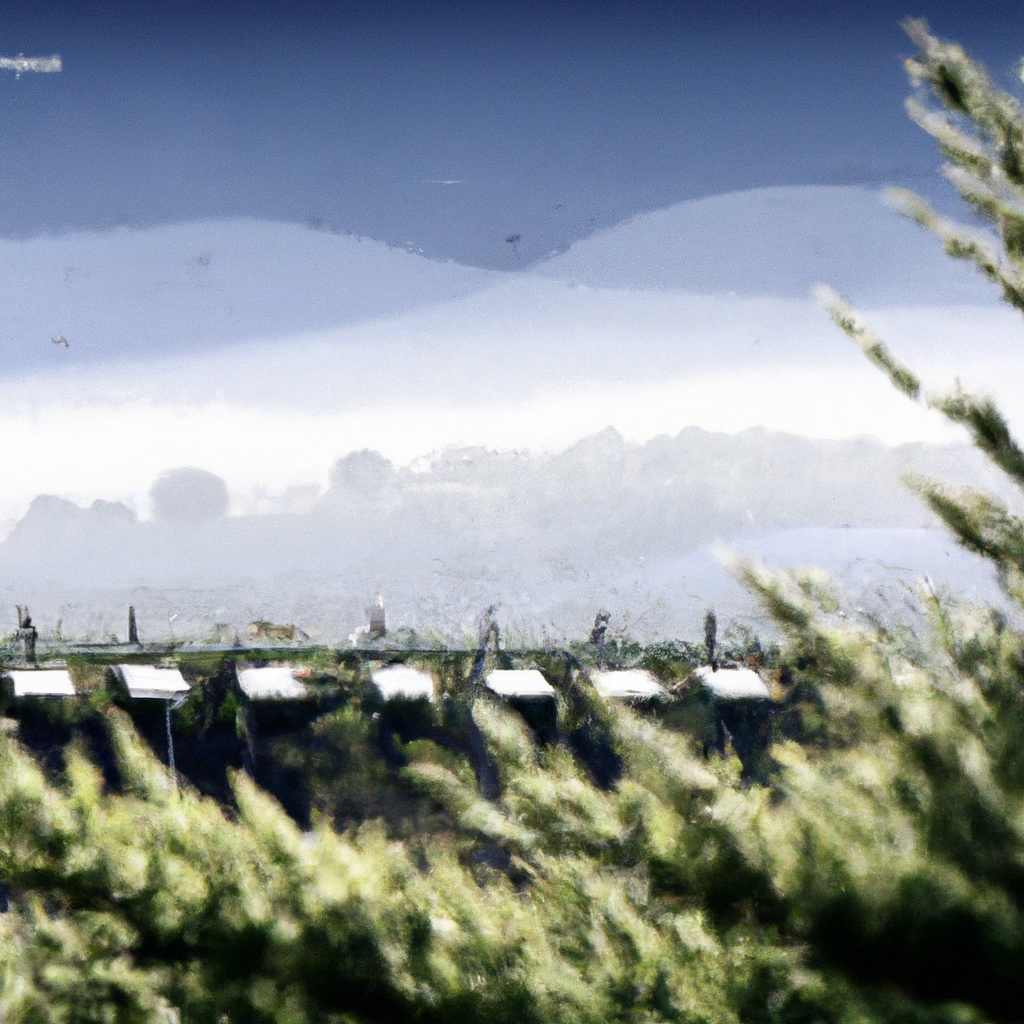By John “Magic” Greenleaf, “Growing greatness, one strain at a time.”
Introduction
High-altitude cannabis cultivation presents unique challenges and opportunities that require adaptability and innovative strategies. As growers, we continuously learn and evolve, harnessing the powerful forces of nature to bring out the best in our plants. Join me as we explore some lesser-discussed aspects of high-altitude growing and how they can enhance your cannabis cultivation efforts.
The Benefits of Altitude: Nature’s Stress Training
Growing cannabis at high altitudes subjects plants to environmental stressors, such as lower oxygen levels and increased UV exposure. This natural stress can stimulate plants to produce higher levels of cannabinoids and terpenes as a defense mechanism. When managed correctly, this leads to more potent and flavorful buds.
- Enhanced Terpene Profiles: High-altitude plants tend to develop more complex terpene profiles, giving buds a richer aroma and taste.
- Improved Cannabinoid Production: The challenging conditions encourage plants to produce stronger and more resilient cannabinoids.
Strategies for High-Altitude Resilience
Embracing the high-altitude environment means understanding and mitigating the potential downsides.
- Invest in Strong Genetics: Choose strains known for their resilience, such as John’s “Mile High Mystique,” to better withstand the altitude-induced stresses.
- Soil and Nutrient Management: Use organic soil mixtures that retain moisture efficiently and supply essential nutrients to promote robust growth.
- Environmental Control: Utilize grow tech advancements, such as automated sensors and AI-monitors, to maintain optimal conditions and pre-emptively address any issues.
Real Success Stories from the Peaks
Here’s a quick dive into real-world scenarios where high-altitude cultivation has thrived thanks to innovative practices:
- Case Study: Rocky Vegas Growers Co-op
- Case Study: Boulder Heights Collective
This co-op in Denver transitioned to high-altitude strains under my mentorship, leading to a 5% increase in terpene content across their harvests.
By implementing advanced grow techniques, this collective increased their yields by 20%, with energy reductions of around 30% using high-efficiency LED systems.
Conclusion
High-altitude cannabis cultivation is not just about overcoming challenges but embracing them to produce some of the world’s finest cannabis. Whether you’re a new grower or seasoned cultivator, there is always something to learn from nature’s unique school. Remember, “Cannabis is a teacher; I’m just the student with 30 years of notes.”
Live long and prosper, and may your buds flourish under the high skies!


Leave a Reply